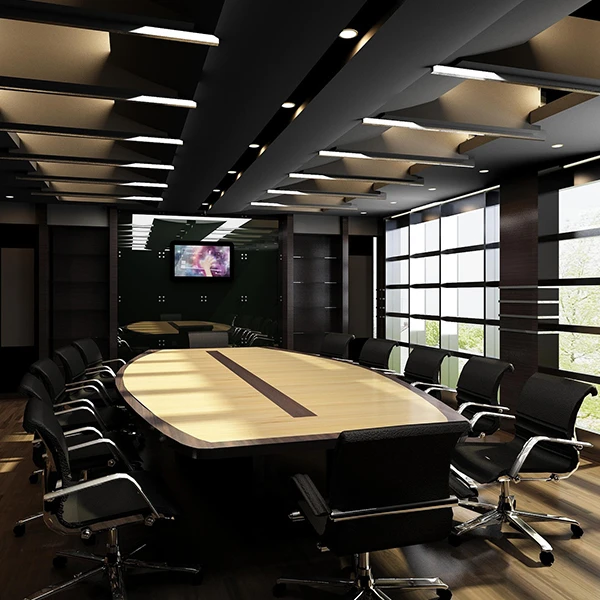Is the Color Of Your Office Hurting Employee Productivity?

There are a lot of reasons why businesses choose to paint their office walls white. It looks clean, it’s easy to maintain, and many offices simply don’t consider doing any other color. But they should. A recent study conducted by Nancy Kwallek from the University of Texas has shown that the color of your employee’s workspace really can influence their mood and their productivity in a positive or a negative way.
The study was conducted by giving three groups of people a clerical task to complete in three different colored rooms: red, white, and aqua. The results showed that there are generally two types of workers, high-screeners and low-screeners. High screeners were able to block out the color “noise” of the brightly colored red room, why low-screeners tended to be distracted by the color.
It was interesting to note that both high-screeners and low-screeners made more errors overall when asked to work in the white room. Kwallek postulates that the sterility and blankness of white workspaces is the main reason why it has such a negative impact on worker productivity.
Overall, the aqua colored room proved to be the most pleasant and productive work environment during the study. This is not necessarily brand new information as many studies have been done on work environment and color. Nancy Kwallek’s current research helps to further build on this body of knowledge. For the curious, here’s a quick summary of colors and how they influence the workplace:
- Red is a power color. It stimulates the pulse and can raise blood pressure. It’s also shown to be effective at increasing performance in employees who must perform detail-oriented assignments.
- Blue is a calming color. It promotes trust, efficiency and communication. It’s also particularly good for creative thinking so having a blue brainstorming room would be an excellent idea.
- Yellow is a happy and optimistic color, it is also stimulating, but too much of it can cause anxiety. In fact, a study showed that people are more likely to lose their tempers in yellow rooms. As a result, keeping it out of areas where intense discussions happen (like conference rooms) is a good idea.
- Green like blue is another calming color that enhances creative performance while promoting balance and harmony. It’s also particularly good for stimulating innovative thinking, so for technology and research companies this would be a great workspace color.
- Gray is psychologically neutral in small doses, but because of its dullness, too much gray can suck the energy from a workspace, and even foster negative emotions like depression and lack of self-confidence. If you need to use it in the workplace, do so sparingly and offset it with a brighter color like red or yellow.
About the Author: Garie Xu
Garie Xu is the Sales Engineer of Konica Minolta Sensing Singapore Pte Ltd. Graduated from a manufacturing engineering background, he is mainly involved in sales, seminar, training and coaching in the field of light and color management. With his prior 3 years’ experience in the oil and gas industry and 2 years in Konica Minolta, he is providing solutions to the many industrial applications. He has also conducted seminars and workshops to educate the industry on instrumentation technologies and color science.

